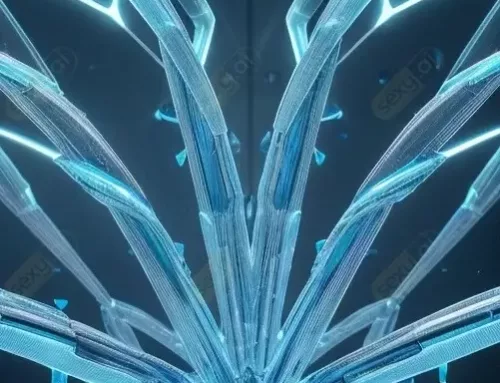
2D Materials Integration
MIT researchers have introduced a groundbreaking method to seamlessly integrate fragile 2D materials into electronic devices. This breakthrough, detailed in a paper published in Nature Electronics, addresses the challenges posed by conventional fabrication techniques that often risk damaging ultrathin materials.
Single-Step Precision: Nanoscale Forces at Play
The MIT team’s approach involves a single-step process that utilizes nanoscale surface forces. This allows the stacking of 2D materials onto prebuilt device layers while maintaining pristine surfaces and defect-free interfaces. The undamaged 2D materials can then fully exploit their unique optical and electrical properties.
2D Enhanced Functionalities: Unleashing the Potential
Demonstrating the versatility of their method, the researchers successfully applied it to fabricate arrays of 2D materials such as transistors. These exhibited enhanced functionalities compared to devices produced using conventional fabrication techniques. The applications of this breakthrough extend to high-performance computing, sensing, and flexible electronics.
Van der Waals Forces: Key to Clean Interfaces
Central to the success of this integration method is the use of van der Waals forces to form clean interfaces. Despite the inherent challenges, the MIT team’s platform makes van der Waals integration more versatile by embedding a low-adhesion insulator in a high-adhesion matrix. This eliminates the need for sacrificial layers or high temperatures, resulting in fully functioning devices in a single step.
Engineering Surfaces: Paving the Way for Future Innovations
Maintaining a clean interface throughout the process allows 2D materials to reach their fundamental performance limits without hindrance from defects or contamination. The researchers successfully engineered the surface of 2D materials to create features or connections, exemplified by the fabrication of p-type transistors.




